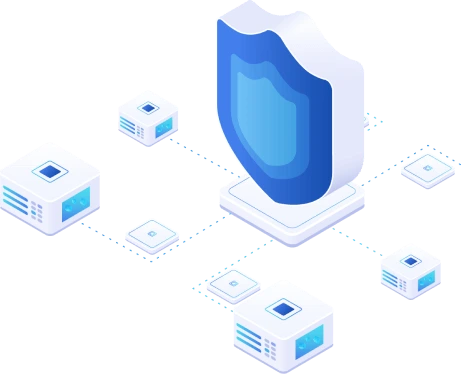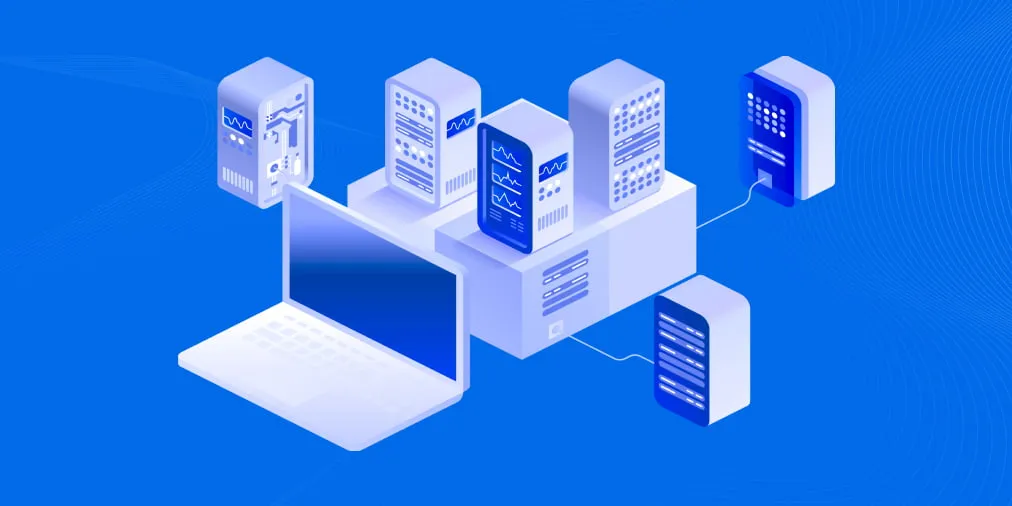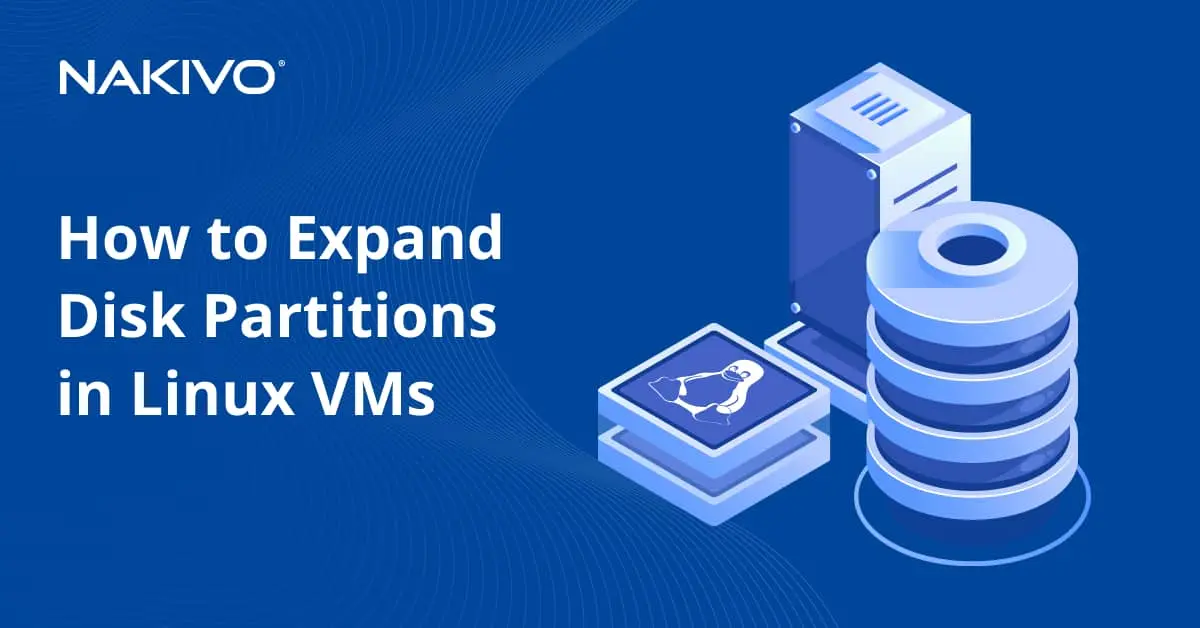The Top MSP Cybersecurity Challenges to Prepare for
Cybersecurity threats are evolving faster than ever, putting immense pressure on managed service providers (MSPs) to safeguard their clients’ IT environments from phishing attacks, ransomware and compliance risks. For MSPs, protecting multiple clients across varied infrastructures adds another layer of difficulty.
Addressing these MSP challenges requires more than just basic security tools. A proactive approach, including a robust MSP backup solution, is critical to ensure business continuity and client trust. But staying ahead of threats also means understanding the unique vulnerabilities MSPs face. Without a clear strategy, even small gaps can lead to serious consequences. This blog post explores the most pressing MSP cybersecurity challenges and how to effectively mitigate them.
Why Cybersecurity Is Critical for MSPs
Cybersecurity is critical for managed service providers since they manage not only their own data but also that of their customers.
- MSPs are high-value targets. MSPs manage the IT infrastructure of multiple clients, including sensitive systems, data and networks. A successful cyberattack on an MSP can simultaneously compromise dozens or even hundreds of clients, making them extremely attractive to cybercriminals.
- Service continuity and reputation. Cyberattacks such as ransomware or DDoS attacks can disrupt an MSP’s ability to deliver services. Downtime affects client trust and satisfaction and can lead to loss of business or legal consequences if service level agreements (SLAs) are breached. As a result, clients can migrate to another service provider that is considered more secure.
- Trust and business viability. Clients trust MSPs with core parts of their IT operations. A single security incident can erode that trust and damage the MSP’s brand. In some cases, a major breach could even put an MSP out of business.
- Regulatory and legal obligations. MSPs often operate in industries subject to strict compliance requirements (GDPR, HIPAA, CMMC, PCI DSS). Failing to secure client data can lead to fines, lawsuits and reputational damage for both the MSP and its clients.
It is vital to consider all these risks and implement measures to mitigate them.
Common Cybersecurity Mistakes MSPs Make
MSPs can make critical cybersecurity mistakes that can have detrimental consequences. The common MSP cybersecurity mistakes include:
- Poor internal security practices. MSPs often prioritize client systems but neglect their own, making themselves easy targets. Using weak or shared passwords without enforcing multi-factor authentication internally makes an MSP vulnerable. Failing to apply the least privilege access controls creates a bigger attack surface.
- Unpatched systems and software. Delaying or overlooking critical patches and running outdated versions of management software allows attackers to access the MSP’s systems. Many breaches result from known vulnerabilities that were not patched in time.
- Lack of network segmentation. Some MSPs may have flat networks where access to one system can lead to lateral movement across others. Inadequate client-to-client isolation increases MSP cybersecurity risks. Without proper segmentation, one compromised client or internal device can affect all others.
- Weak security monitoring. Not using the right security information and event management tools can allow malware to do its job without interruption. Ignoring or misconfiguring logs and alerts is a way to miss the early stages of infection. Without effective detection, MSP security threats can go unnoticed for weeks or months.
- Overpromising, underdelivering. Offering “security” as a service without proper capabilities is risky. Misleading clients about the extent of protection can create a false sense of security and liability in case of a breach.
Any of these MSP security mistakes can lead to a successful cyberattack and negative consequences for business operations.
Key Cybersecurity Risks MSPs Must Address
MSPs must address multiple cybersecurity risks to ensure proper operations and client trust. The main security risks for MSPs are:
- Credential compromise. An attacker with valid credentials can bypass most MSP security controls and gain widespread access. It may happen in the following cases:
- Stolen or weak passwords, especially for privileged accounts;
- Credential reuse across systems and clients;
- Lack of multi-factor authentication (MFA).
- Insider threats. This can be hard to detect and can cause intentional or accidental damage. Disgruntled employees or negligent insiders with privileged access can damage an MSP.
- Inadequate monitoring and logging. Delayed response to attacks allows intruders to progress undetected. This can happen when no centralized log management or alerting is configured.
- Poor incident response readiness. This happens when there is no formal incident response plan or drills. The inability to quickly isolate systems or communicate with clients during a breach increases the negative impact of a cyberattack. This can lead to client dissatisfaction and legal liability.
- Data exfiltration and leakage. When client data is exposed via misconfigured cloud storage or unencrypted backups, it can result in regulatory penalties and loss of client trust. A lack of data loss prevention controls may lead to this MSP security risk.
- Phishing and social engineering. Using emails, calls or messages to steal credentials or install malware puts the MSP business at risk. A single successful phishing attack can compromise entire client environments, making it one of the most dangerous MSP challenges in terms of security and data protection.
MSPs must defend against a broad and evolving threat landscape, both internally and on their clients’ behalf. Prioritizing MSP security risk management, proactive defense and operational maturity is essential to maintaining trust, compliance and business continuity.
MSP Cybersecurity and Client Protection Tips
The tips listed below are designed to protect MSPs and their clients from today’s most pressing cybersecurity threats.
- Enforce strong identity and access management:
- Enable multi-factor authentication (MFA) for all systems – especially Remote Machine Management, PSA, Virtual Private Network (VPN) and cloud portals. Try to use unique administrative usernames instead of standard “admin”, “administrator”, “root”, etc.
- Use unique, strong passwords for every system and user.
- Follow least privilege access principles – give only the necessary access and nothing more.
- Keep all systems patched:
- Automate vulnerability scanning and patch management for internal and client systems.
- Prioritize critical security updates and zero-day vulnerabilities.
- Regularly update and review third-party tools and platforms.
- Implement antivirus protection and network security:
- Use malware detection and response or Managed Detection and Response solutions across all machines.
- Deploy and monitor firewalls, antivirus, DNS filtering and intrusion detection systems. Configure the firewall to block unused ports and grant access from trusted networks and hosts. Don’t expose RDP to the Internet; instead, use VPN connections and connect via RDP only after connecting to a VPN.
- Enforce network segmentation between clients and MSP systems.
- Periodically run port scanners to check open ports in the LAN and WAN.
- Change the default port numbers to custom port numbers.
- Configure email protection and anti-spam filters. Disable macros for Microsoft Office documents.
- Educate users:
- Train internal users and clients on phishing prevention, safe browsing and password hygiene. End users are often the most vulnerable point in the attack chain.
- Run regular security awareness programs and simulated phishing exercises. It is important to teach users how to identify malicious links and cyberattack signs.
- Share updates on evolving threats like ransomware and social engineering.
- Post articles about cybersecurity to inform clients.
- Regularly brief clients on risks, updates and the value of security investments.
- Provide cybersecurity assessments and reports as part of your service offerings.
- Help clients develop their own cyber resilience programs.
- Monitor, detect and respond:
- Set up centralized log management and Security Information and Event Management tools.
- Configure infrastructure monitoring and monitor all systems 24/7 for suspicious activity.
- Create and test an incident response plan with defined roles and escalation procedures. Additionally, compose disaster recovery and business continuity plans.
- Define clear MSP security policies:
- Establish documented security and compliance policies for both internal teams and clients.
- Include password policies, acceptable use, onboarding/offboarding and disaster recovery procedures.
- MSP data protection and client data backups:
- Encrypt sensitive data in transit and at rest.
- Back up data regularly with dedicated MSP backup software. Protect backups against ransomware and unauthorized access. Use backup encryption.
- Implement secure backup strategies, such as the 3-2-1 rule (Three backup copies stored on two different media types with one copy stored off-site).
- Implement data loss prevention policies.
- Conduct regular testing and audits:
- Perform vulnerability assessments and penetration tests at least annually.
- Review user access logs and system changes regularly.
- Conduct compliance audits (HIPAA, SOC 2, NIST) based on client requirements.
Improving MSP cybersecurity is not a one-time action but a continuous process. Implementing these improvements may be time-consuming, but they are better than restoring the infrastructure in case of a cyberattack. MSP security is not a “one size fits all” thing; you may need to adjust security policies and configuration for your organization based on individual requirements.
Protecting MSP Data with NAKIVO
NAKIVO Backup & Replication is a dedicated data protection solution for Managed Service Providers and individual clients. The NAKIVO solution provides a multi-tenant mode with strict client isolation for optimal efficiency and security. The wide range of useful features can meet the requirements of MSPs and their clients.
The MSP console is the NAKIVO web interface for MSPs, where they can manage all tenants centrally. MSPs can back up client data to different locations (on-premises backup repositories, NAS devices, deduplication appliances, public clouds and S3-compatible storage). You can run MSP cloud backup and local backup. Two-factor authentication is also supported.
With NAKIVO Backup & Replication, MSPs can ensure data protection for their clients. This can improve the service quality, increase reliability and boost customer trust.
The NAKIVO solution supports backup encryption, wide retention settings, incremental backup, backup verification and testing. MSPs can also enable the self-service portal, which allows customers to configure their own backup operations.
MSPs also need immutability to protect backups against ransomware. An immutable backup cannot be deleted or modified in case of unauthorized access, including ransomware attacks.
The MSP Direct Connect feature allows the MSP to access the client’s remote resources without a VPN connection. The connection is established via a single port.
NAKIVO Backup & Replication is an affordable MSP backup solution with flexible pricing and licensing. You can pay monthly or annually only for what you use. Licenses can be delegated to clients from an MSP pool and reassigned later, ensuring greater flexibility.
Conclusion
Many organizations prefer to outsource part of their infrastructure to Managed Service Providers, which is why an MSP must maintain customer trust and keep their data safe. MSP cybersecurity is crucial since MSPs are prime targets for cybercriminals. MSPs should follow the recommendations and implement the recommended practices in their infrastructure and inform their clients about the methods to protect against cyberattacks. Backup is one of the key elements of MSP data protection. NAKIVO Backup & Replication allows MSPs to protect their own data and that of their clients.




